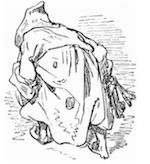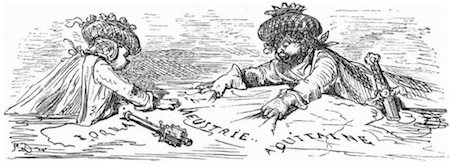

CHAPTER II
IN WHICH THE AUTHOR CONGRATULATES HIMSELF ON NOT HAVING TO READ.
I SHOULD be extremely sorry to weary you, my dear readers; in fact, I should be wretched if you were to look on this volume as serious reading, and yet I am compelled to sum up in a few words the great events which agitated France at the time my story commences. However, put a bold face on it, and bolt this chapter without taking breath, as you would swallow any peculiarly nauseous draught.
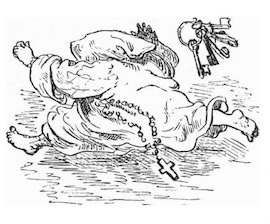
After the death of Pepin the Short, in 768, his two sons, Carloman and Charlemagne, divided his kingdom. Carloman, who was the elder, took Burgundy, Provence, Septimania, and the chief part of Neustria. His coronation took place on the 9th October, 768, at Laon. Charlemagne had part of Neustria, Bavaria, and Thuringia. He was crowned at Soissons on the same day as Carloman. Aquitaine was also shared between the brothers. You are probably aware that Pepin the Short was the founder of the second line of French kings. The first line, that of the Merovingians, was not, however, extinct when he came to the throne, for the Dukes of Aquitaine were of Merovingian descent. They sprang from Caribert, King of Toulouse, the son of Clotaire the Second. Eudes, who shares with Charles Martel the glory of having conquered the Saracens in the sanguinary battle of Poitiers, in 732, was also of this family.
Hunald, the son of Eudes, had, at the time of Pepin’s death, lived five-and-twenty years in the convent to which that monarch had consigned him. Now, the Merovingian Dukes of Aquitaine had a fierce hatred of the Carlovingian Kings of France, and accordingly, as soon as Hunald heard of the accession of Carloman and Charlemagne, he quitted the monastery, took up arms, and proclaimed the independence of Aquitaine.
The two newly-crowned kings had reason to be alarmed at an outbreak like this, for, unless put down at the outset, it might arouse and encourage the pretensions of the descendants of Clovis with regard to Neustria. Charlemagne summoned a Parliament, to which he invited his brother. They both came to it, attended by their ecclesiastics and nobles, and war was decided upon.
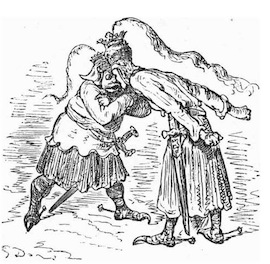
The two kings crossed the Loire together; but Carloman, who, if one may judge from the chronicles of the period, was of an un-amiable disposition, had such quarrels with his brother about the partition of their inheritance, that it was even feared they would come to blows. They therefore determined to part company. Carloman returned to Laon, and Charlemagne prosecuted the enterprise alone. He overran Aquitaine without meeting any resistance, as Charles Martel had done before him. They almost come to blows.
Hunald, a fugitive, and hard-pressed, found himself obliged to seek shelter with his nephew, Wolf, Duke of Gascony. Wolf! When was a name in a fairy tale bestowed with more propriety? This Wolf was most deservedly called so, as you will see.
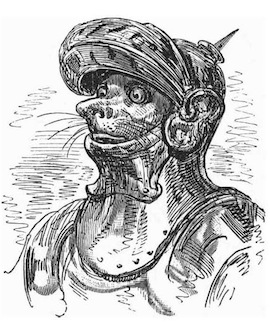
As soon as Charlemagne discovered where his enemy had found an asylum, he dispatched some of his foremost knights to the Duke of Gascony, commanding him to deliver up the fugitive, and threatening, if he refused, to enter his duchy and lay it waste.
In those days, my dear readers, travelling was not quite so expeditious as it is now; so Charlemagne, foreseeing he would have to wait some months, established his camp on the borders of the forest. In the next place, in order to put the time of his stay to profitable use, and to give employment to his troops, about five leagues from Bordeaux he had a strong fortress built, which was called Fronsac, or rather Fransiac, the castle of the Franks. The building of the castle was hardly completed when the ambassadors returned, accompanied by Wolf of Gascony, who did not in the least scruple to deliver up to Charlemagne, as a proof of his fealty, Hunald and his family, who had claimed shelter of him.
The insurrection having been thus deprived of its leader, Aquitaine submitted to Charlemagne.
